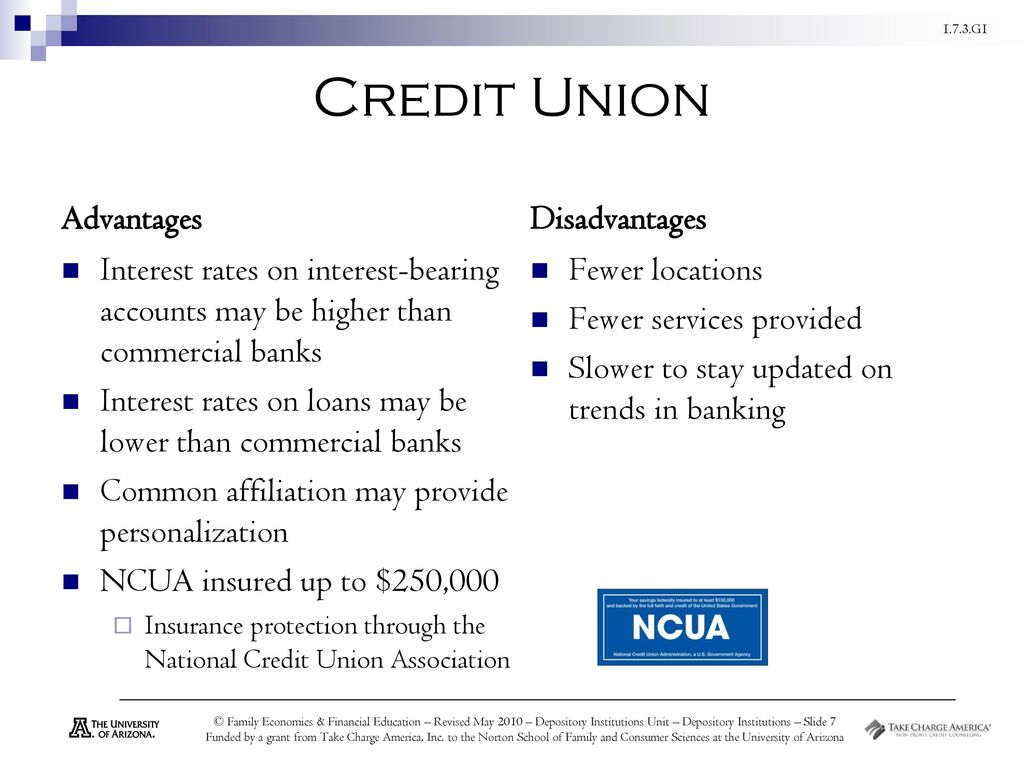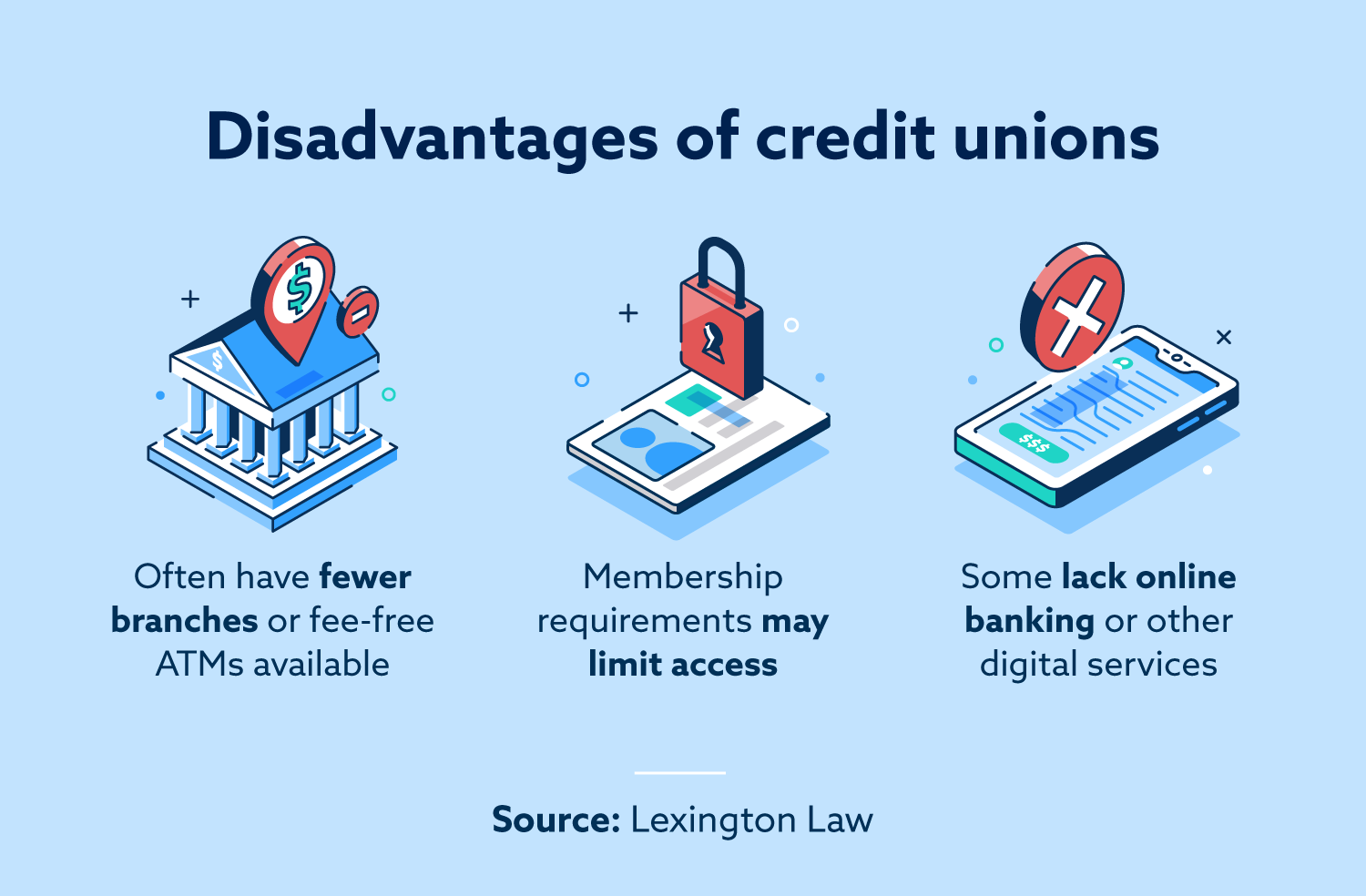Join a Credit Union in Wyoming: Personalized Financial Providers for You
Join a Credit Union in Wyoming: Personalized Financial Providers for You
Blog Article
The Ultimate Guide to Comprehending Cooperative Credit Union

Credit rating unions stand as one-of-a-kind monetary entities, rooted in principles of shared support and member-driven operations. As we browse through the complexities of credit scores unions, an informative journey awaits to lose light on these member-focused organizations and just how they vary from conventional financial institutions.
What Are Lending Institution?
Cooperative credit union are member-owned banks that supply a variety of banking services to their participants. Unlike conventional banks, credit rating unions run as not-for-profit companies, indicating their primary emphasis gets on offering their members as opposed to making the most of revenues. Participants of a cooperative credit union normally share an usual bond, such as working for the same employer, belonging to the exact same community, or belonging to the exact same company.
Among the key benefits of debt unions is that they often offer greater rates of interest on cost savings accounts and lower rates of interest on car loans compared to banks. Federal Credit Union. This is due to the fact that cooperative credit union are structured to profit their members directly, permitting them to pass on their earnings in the type of better rates and less charges. Additionally, lending institution are known for their individualized customer care, as they focus on developing connections with their members to understand their special monetary demands and goals
Background and Evolution of Credit History Unions
The roots of member-owned monetary cooperatives, known today as cooperative credit union, trace back to a time when neighborhoods sought alternatives to typical banking establishments. The idea of lending institution stem in the 19th century in Europe, with Friedrich Wilhelm Raiffeisen frequently credited as the leader of the cooperative banking activity. Raiffeisen founded the initial acknowledged cooperative credit union in Germany in the mid-1800s, highlighting area support and self-help concepts.
The advancement of lending institution continued in The United States and copyright, where Alphonse Desjardins established the very first credit rating union in copyright in 1900. Soon after, in 1909, the initial united state cooperative credit union was created in New Hampshire by a team of Franco-American immigrants. These very early lending institution run on the fundamental principles of mutual help, autonomous control, and participant possession.
Over time, cooperative credit union have actually grown in popularity worldwide because of their not-for-profit structure, concentrate on serving members, and offering competitive financial product or services. Today, cooperative credit union play a vital role in the economic industry, offering community-oriented and obtainable financial alternatives for people and businesses alike.

Subscription and Qualification Criteria
Membership at a credit scores union is normally limited to people fulfilling certain qualification requirements based on the organization's starting principles and regulatory official statement requirements. Some credit report unions may only offer people that live or work in a specific location, while others may be tailored to workers of a particular firm or participants of a specific association.
Additionally, cooperative credit union are structured as not-for-profit organizations, implying that their key goal is to serve their members instead of create earnings for shareholders. This focus on participant service typically translates right into more individualized attention, reduced charges, and competitive rate of interest on finances and financial savings accounts. By fulfilling the eligibility standards and ending up being a member of a cooperative credit union, individuals can access a variety of financial services and products customized to their specific needs.
Providers and Products Provided
Among the essential facets that sets lending institution apart is the varied series of economic product and services they supply to their members. Lending institution normally provide traditional financial services such as savings and checking accounts, lendings, and bank card. Participants can also gain from financial investment solutions, consisting of pension and financial planning help. Many cooperative credit union offer competitive rate of interest on cost savings accounts and fundings, as well as lower fees compared to typical banks.
Furthermore, debt unions often give hassle-free online and mobile financial choices for members to easily handle their finances. They might provide advantages such as common branching, enabling members find this to access their accounts at various other credit unions throughout the nation. Some lending institution additionally supply insurance coverage items like automobile, life, and home insurance coverage to help participants secure their assets and loved ones.

Benefits of Financial With Cooperative Credit Union
When considering monetary establishments, discovering the advantages of financial with credit history unions discloses unique benefits for participants looking for individualized solution and competitive rates. Unlike big financial institutions, credit history unions are member-owned and focus on structure strong connections with their participants. Overall, banking with a credit union can provide a much more individualized, cost-effective, and member-centric monetary experience.
Verdict
In verdict, credit report unions stand out as member-owned monetary here institutions that focus on offering their participants over making the most of earnings. With beginnings dating back to 19th century Europe, credit history unions follow concepts of shared aid and participant possession.
Credit scores unions are member-owned financial establishments that provide a range of financial services to their participants. The concept of credit scores unions stem in the 19th century in Europe, with Friedrich Wilhelm Raiffeisen commonly credited as the leader of the cooperative financial motion.The evolution of debt unions continued in North America, where Alphonse Desjardins developed the first credit union in copyright in 1900. Credit score unions usually provide traditional banking solutions such as savings and inspecting accounts, fundings, and credit cards.When considering monetary establishments, checking out the benefits of financial with credit report unions discloses distinct advantages for participants looking for customized solution and affordable prices.
Report this page